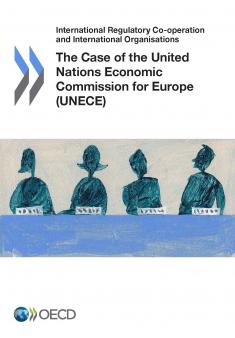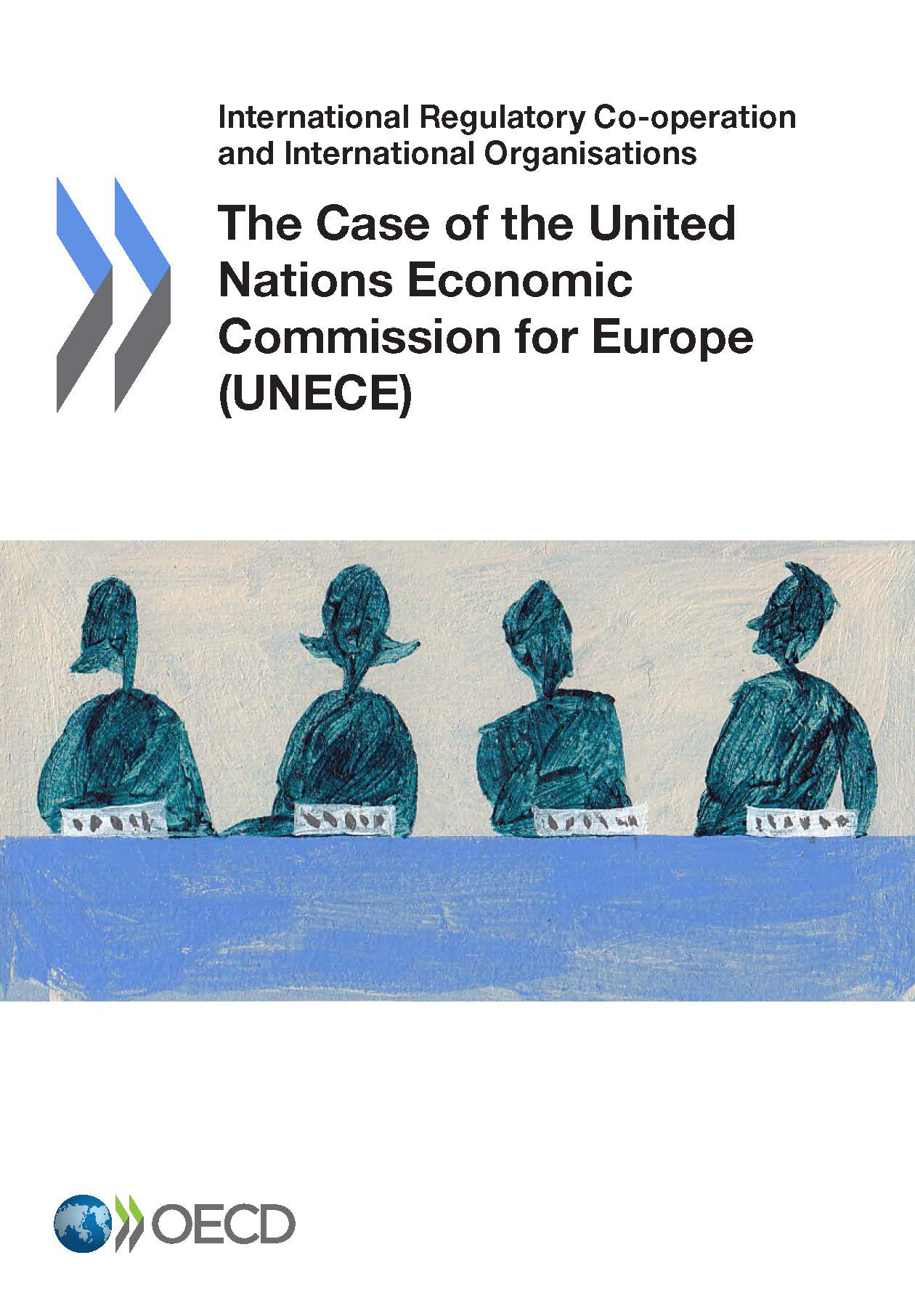Published:

 The joint UNECE-OECD publication “International Regulatory Cooperation: the Case of the United Nations Economic Commission for Europe” presents the rule-making and standards-setting activities of UNECE.
The joint UNECE-OECD publication “International Regulatory Cooperation: the Case of the United Nations Economic Commission for Europe” presents the rule-making and standards-setting activities of UNECE.It is illustrated by a number of examples that show how UNECE impacts our daily lives, including through: the development of a regulatory framework that makes vehicles safer and less polluting; the TIR convention that facilitates cross-border trade; a classification of mineral resources and fossil fuels adopted or tested in over 60 countries all over the world; recommendations on standards and methodologies used worldwide by statistical offices for national accounts, and population censuses; but also, UN/LOCODE: the five digit coding system (e.g. CHGVA for Geneva, Switzerland) that we all use for our luggage tags and the only legally binding international instruments on environmental democracy – the Aarhus Convention and its Kiev protocol.
The case study also presents the reasons for UNECE success as an organization: it shows how its activities are member driven, based on a strong core of technical and policy expertise, and geared to respond to the needs of its membership.
The last section of the study reflects on open challenges, including finding effective ways of sharing knowledge between different parts of the organisation and balancing with our regional role with the needs and demands of non-UNECE member countries, and doing more to support its members in meeting the challenge of sustainable development and the implementation of the sustainable development goals.

